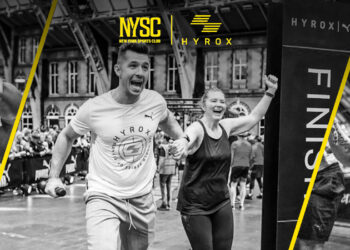Brian O’ Leary, a Zenoti technology consultant, shares three steps to improve your video sessions to help stand out against the competition.
The pandemic forced a shift to online living, with video-led fitness services seeing a meteoric rise.
Some clients now prefer to maintain their wellness routines from the comfort of their own home. They can do it with ease, as some fitness offerings are well-suited for video. For example:
- Group fitness classes.
- Weight loss consultations.
- Nutrition counseling.
- Personal training.
This article covers a few tricks of the trade to polish your performance and help your videos and livestreams stand out against the competition.
1. Take time to practice.
Whether it’s a consultation or workout, clients expect the same energy and confidence over video as they would get from you in real life.
Start by writing a script that covers everything you want to communicate. Ensure the core message is clear by repeating important points and summarizing toward the end. Consider your audience and be sure to have modifications or advanced options to meet client needs.
Once the script is complete, practice following it several times. If you find yourself tripping over certain words, consider changing them. Written and spoken communication often differ, and it may help to simplify the language. Pay attention to your posture and eye movements when speaking. Your delivery will appear more confident if you keep a straight back and a steady gaze toward or near the camera.
2. Prepare for success.
Contrary to popular belief, you don’t need a film set to appear professional. Use a pleasant environment with minimal background noise to make your digital offerings as attractive as the on-site experience.
For consultations, list any questions you need to ask beforehand or keep the relevant page of your fitness software open for note-taking.
Find a clean and professional filming location. It doesn’t have to be a plain, white wall — a few items in the background can add depth, personality and a touch of your brand. You’ll also want to make sure you have plenty of natural light or use indoor lighting to brighten up the setting. Position the camera near eye level. Do a few practice runs to get the angle and flow just right.
3. Deliver with confidence.
When you’re ready to start, try to relax. It doesn’t have to be perfect. Instead, give clients the same familiar reception you would in person, and remember to keep it professional. Be conversational when you speak, just as you would if the client were standing in front of you. Try making occasional eye contact with the camera to help build a connection.
It’s advisable to dress professionally when filming or livestreaming. Solid colors usually work best on camera. Be careful about wearing all white, as it might look too bright. The first few times in front of a camera can feel daunting. With some practice, however, it becomes as natural as talking in person.










